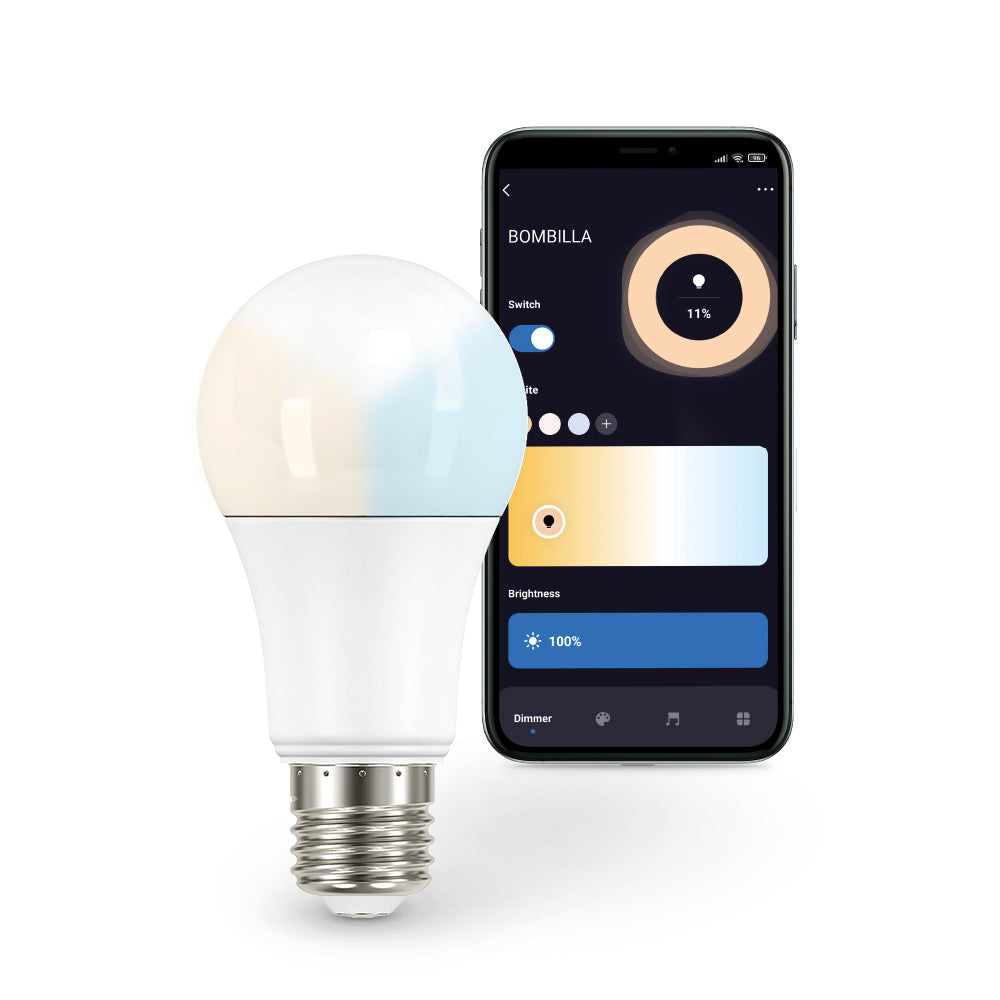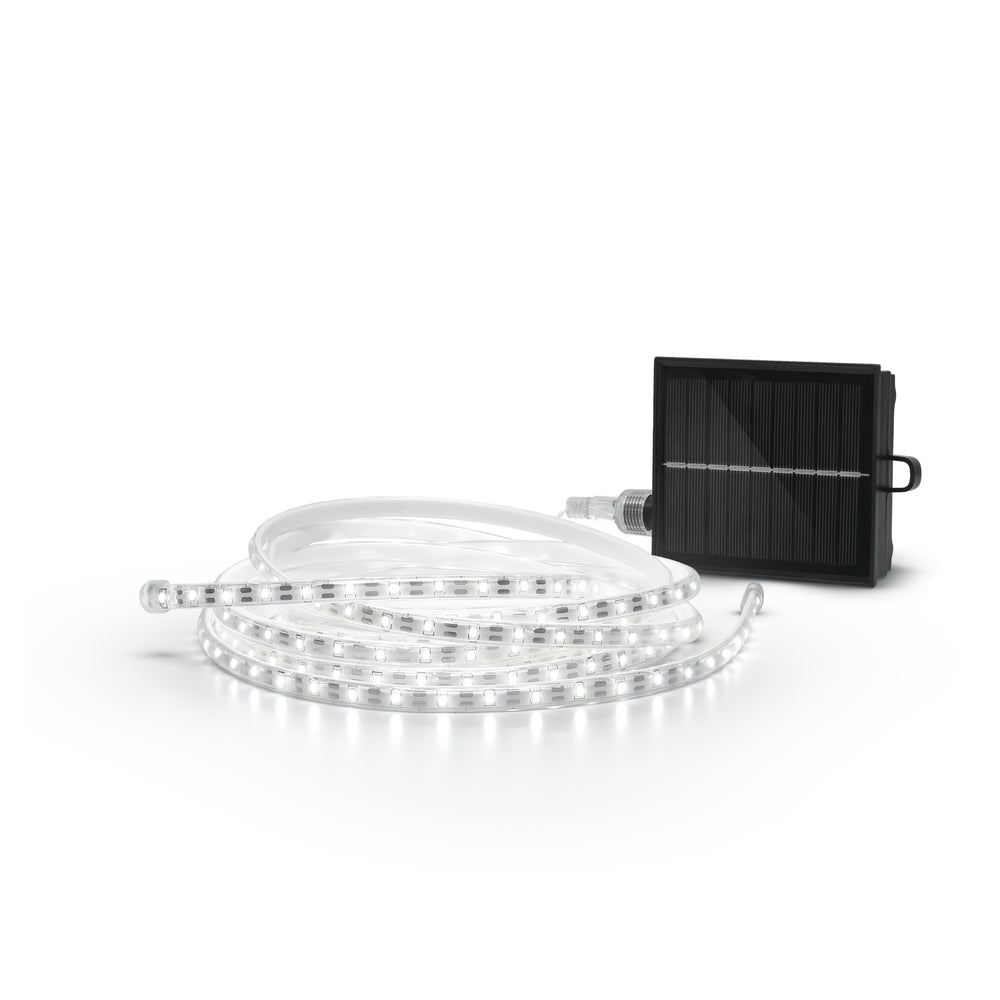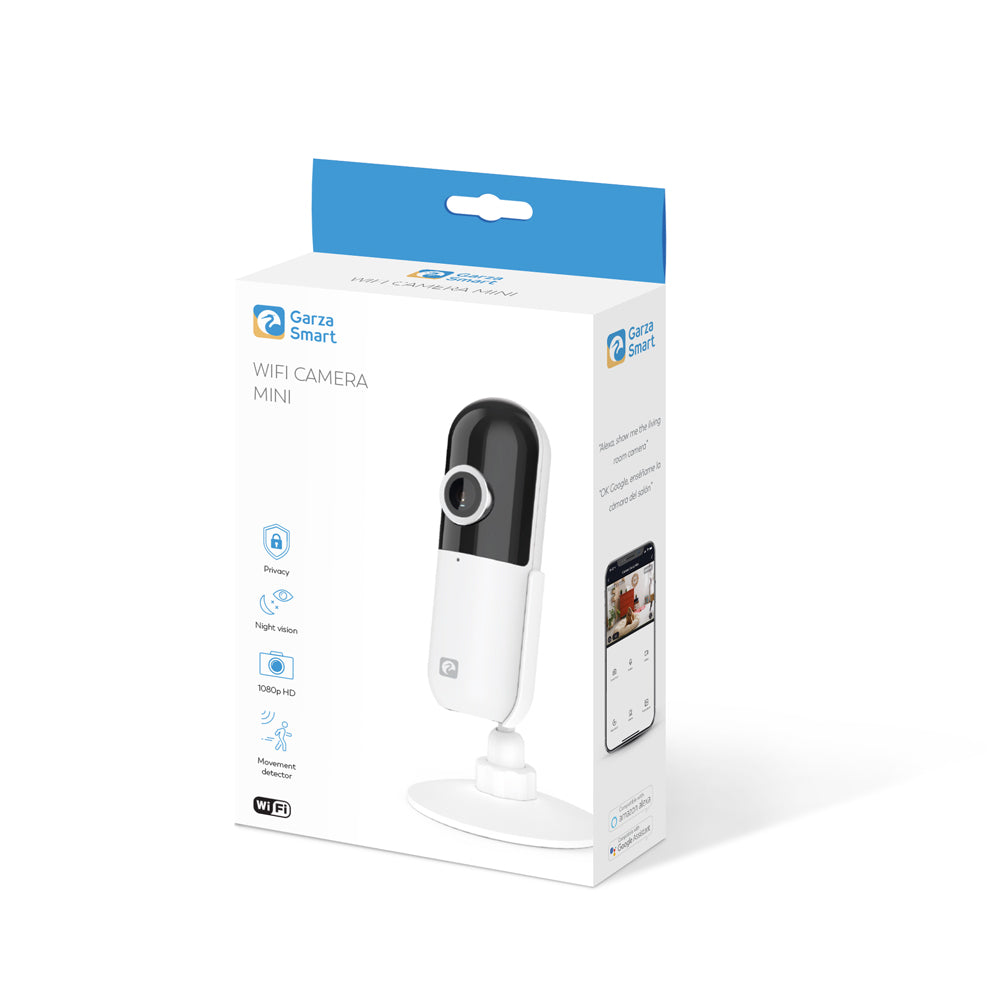A motion detector is the axis of your home security setup, since it is a device that detects movement in a certain area.
Motion detectors not only They guarantee our safety , but they also have other really useful uses, for example, activating lights in the presence of a person in such common places as bars, restaurants or hallways.
There are several types of sensors that have different characteristics, something that can cause us doubts when choosing a motion sensor. In this article we want you to know the differences between motion, presence and twilight detectors so that you are clear about which one is best for you and best suits your needs.
What is a motion detector?
A movement detector is an electronic device designed to detect and measure movement. Motion sensors are mainly used in home and business security systems. When a sensor is activated, the device sends a signal to the monitoring center of your security system's control panel, highlighting the existence of a potential threat. Afterwards, an alarm is activated. However, other uses also stand out and can be found in telephones, paper towel dispensers or, for example, video game consoles.
Motion sensors can be customized to perform very specific functions. For example, they can be used to activate spotlights, trigger audible alarms, activate switches and even alert the police.
Unlike other types of sensors, motion detectors are typically integrated systems with three main components: a sensor unit, an integrated computer, and the hardware or mechanical component. Three parts that vary in size and configuration.
What is a presence detector?
A presence detector is used to identify whether an individual has entered or left an area through changes in the environment and does not have to be based on movement. For example, a presence detector can capture thermal radiation, which it then converts into an electrical signal.
In addition, presence detectors can also use very high resolution and precision sensor technology capable of responding to the smallest movements. In this aspect, presence detectors can be connected with security systems. smart lighting.
Controlling intelligent lighting thanks to a presence detector can save up to 60% of lighting energy costs.
A presence detector monitors the detection zone to see if it is occupied; If a person is detected, the detector will automatically turn on the lighting. When the zone is unoccupied, the lighting will turn off after a preset delay time. Something especially useful in bathrooms, hallways or gym locker rooms, for example.
What is a twilight detector?
A twilight sensor is an electronic device that allows automatic activation of a lighting circuit when natural light goes down.
The twilight detector works thanks to a photosensor integrated into the twilight switch that permanently measures the ambient luminosity of the outdoor area.
There is a type of twilight detector adjustable, like the one we offer you at Garza, in which the brightness threshold can be adjusted according to our needs. In this way, we can both regulate the time it has to remain on and the ambient lighting.
Main differences between presence and motion detectors
Signal they pick up
One of the differences between presence and motion detector is that the signals from most motion sensors cannot pass through walls or windows . On the contrary, the signals from most presence detectors are capable of achieving this, given their very high precision.
Area they cover
Motion detectors are generally limited to a small area, usually the size of a room. However, depending on the specific model of the device used, the area that a presence detector is capable of covering is broader and can vary from the entire home to a selected area, such as a hallway.
Sensitivity
While motion detectors capture more obvious movements like someone walking, a presence detector is extremely sensitive and can even capture the slight movement of fingers on the keyboard.
Most common places of use
Generally, motion detectors are usually located in busiest areas such as garages, entrances or hallways. Places where motion capture is more obvious. For example, let's imagine the car leaving the garage. On the other hand, the presence detector is placed in spaces with less movement such as office rooms or a specific room .
Discover our catalog of motion detectors for the home
With the introduction of smart technology into homes, gone are the days of having a simple deadbolt as a defense against thieves. Our extensive catalog of motion detectors intelligent has a wide variety of functionalities which makes them suitable to guarantee the security of your home, as well as to make your life and savings easier.
Do you want to go on vacation in peace? Our Wi-Fi surveillance cameras with integrated motion detection systems will allow you to know from your mobile anything that happens in your home.






